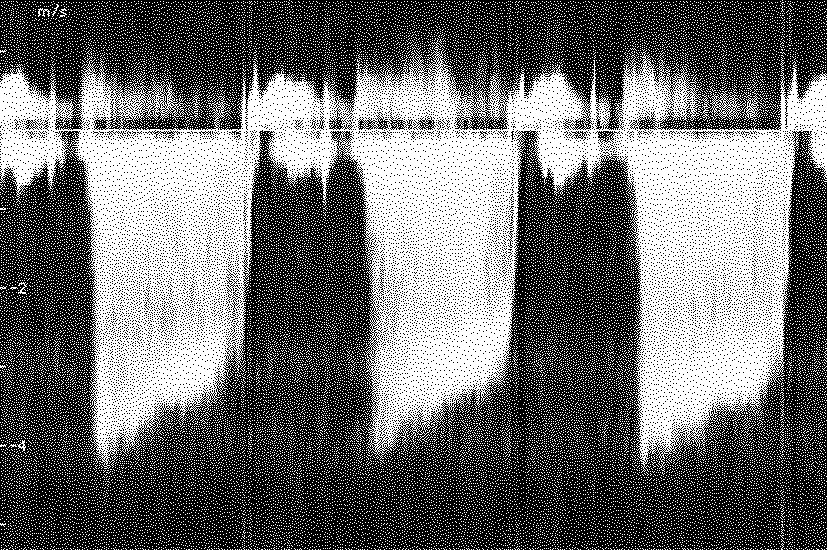
Figure 7: The Doppler spectrum recorded from the aortic valve through the heart apex. Positive velocity is normal, negative represents a leakage.
The red blood cells are the most important scatterers for the Doppler shift. They give a quite weak signal compared to the echo of surrounding stationary tissue. This results in tough requirements for amplitude dynamics in the instruments. The Doppler frequency is normally chosen at the lower end of a probe's frequency bandwidth, for example, a 7.5 MHz probe uses 5-6 MHz as the Doppler frequency. With normal blood flow velocity, the difference between transmitted and received frequency appears in the audible range. It is therefore normal to play this on speakers while the velocity spectrum as a function of time is displayed on the screen of the ultrasound scanner, see an example in figure 7.

Figure 7: The Doppler spectrum recorded from the aortic valve through the heart apex. Positive velocity is normal, negative represents a leakage.